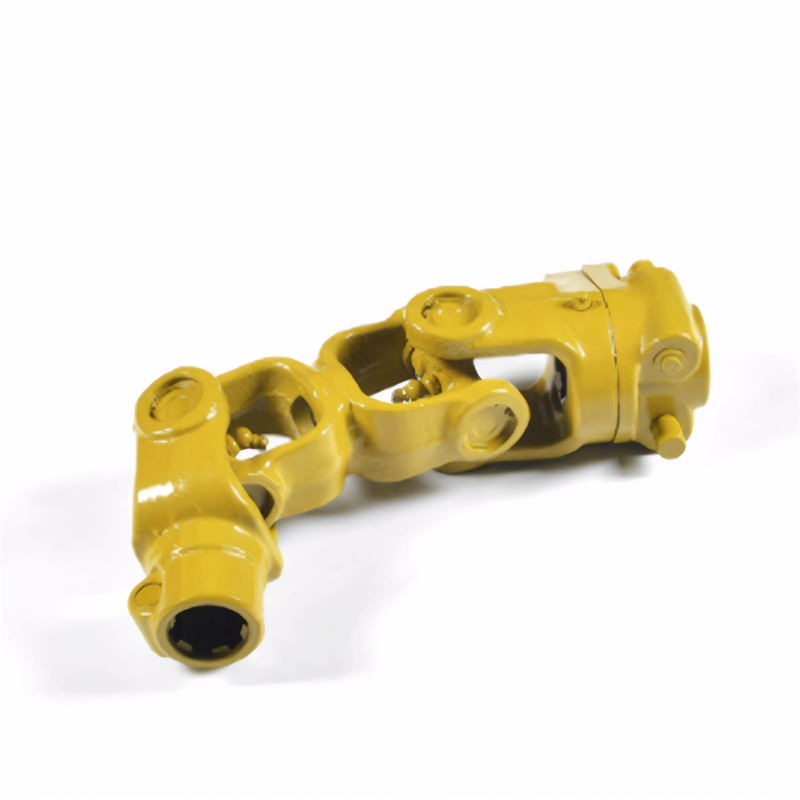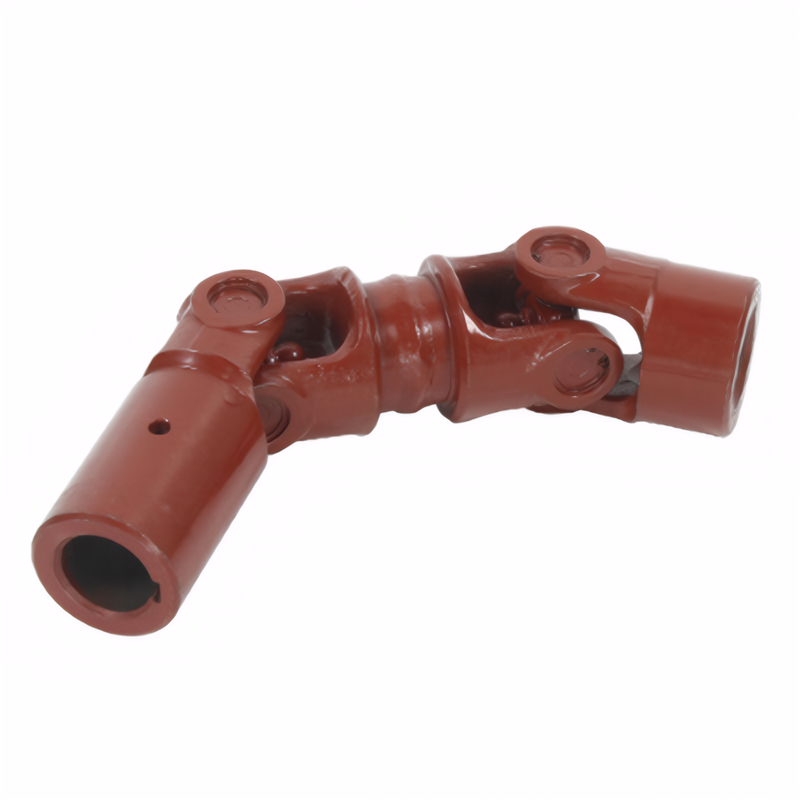The working state of the drive shaft when it is turning
Performance of Drive Shafts During Vehicle Turning: Mechanical Adaptations and Dynamic Behavior
When a vehicle navigates a turn, the drive shaft must adjust to changes in wheel speed, suspension geometry, and lateral forces while maintaining power transmission efficiency. Its design and flexibility play a critical role in ensuring smooth operation and preventing drivetrain stress. Below, we explore the key aspects of drive shaft behavior during turning maneuvers.
Accommodating Differential Wheel Speeds in Turns
During a turn, the outer wheels travel a greater distance than the inner wheels, requiring them to rotate faster. In vehicles with open differentials, this speed difference is managed by the differential itself, but the drive shaft must still transmit torque smoothly to both axles without binding. In all-wheel-drive or four-wheel-drive systems, where power is distributed to multiple axles, the drive shaft must coordinate with center differentials or viscous couplings to balance torque between front and rear axles. This ensures that each wheel receives the appropriate rotational speed, preventing tire scrub or drivetrain strain during sharp turns.
Managing Angular Displacement and Suspension Articulation
Turning often involves changes in suspension geometry, such as body roll or axle articulation, which alter the angle between the transmission output and differential input. The drive shaft must accommodate these angular displacements without introducing excessive friction or vibration. Universal joints (U-joints) are commonly used to allow for misalignment, permitting the shaft to flex as the suspension compresses or extends. In more complex systems, constant-velocity (CV) joints may be employed to maintain consistent rotational speed even at extreme angles, ensuring power is transmitted efficiently regardless of steering input or road irregularities.
Reducing Lateral Stress on Drivetrain Components
Lateral forces generated during turning can place additional stress on the drive shaft and its supporting components, such as bearings and mounts. To mitigate this, the shaft is often designed with a slight torsional flexibility to absorb minor misalignments caused by body roll. Additionally, reinforced mounting brackets or rubber isolators may be used to dampen vibrations and distribute loads more evenly. Some systems incorporate telescoping drive shafts that can adjust their length dynamically to compensate for suspension movement, reducing the risk of overloading joints or causing premature wear during prolonged turning maneuvers.
Maintaining Torque Transfer Under Variable Load Conditions
Turning can alter the weight distribution of a vehicle, shifting more load onto the outer wheels and reducing traction on the inner wheels. The drive shaft must continue to transmit torque effectively even under these uneven load conditions. In rear-wheel-drive vehicles, this requires the shaft to handle fluctuating torque demands without slipping or vibrating. In front-wheel-drive or all-wheel-drive systems, electronic traction control systems may work in tandem with the drivetrain to modulate power delivery, ensuring stability and preventing wheel spin. The drive shaft’s rigidity and precision balancing are crucial for maintaining consistent performance during these dynamic load changes.
The drive shaft’s ability to adapt to the mechanical demands of turning is essential for vehicle stability, efficiency, and component longevity. By accommodating differential wheel speeds, managing angular displacements, reducing lateral stress, and maintaining torque transfer under variable loads, it ensures the drivetrain operates seamlessly during steering maneuvers. These functions collectively contribute to a smoother, safer driving experience, particularly in high-speed turns or on uneven terrain.
 Accuracy requirements for the
Accuracy requirements for the
 Selection of universal joint t
Selection of universal joint t
 Standard for coaxiality error
Standard for coaxiality error
 Requirements for the surface r
Requirements for the surface r
 简体中文
简体中文 English
English
